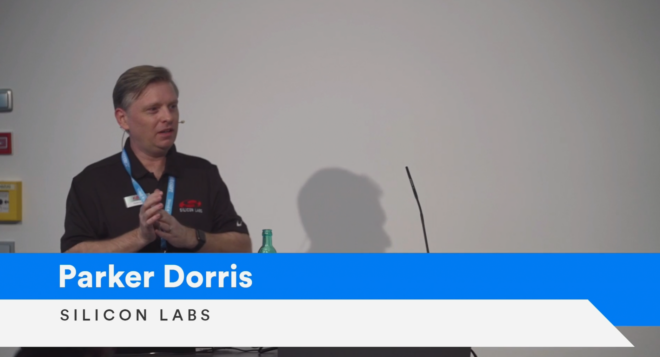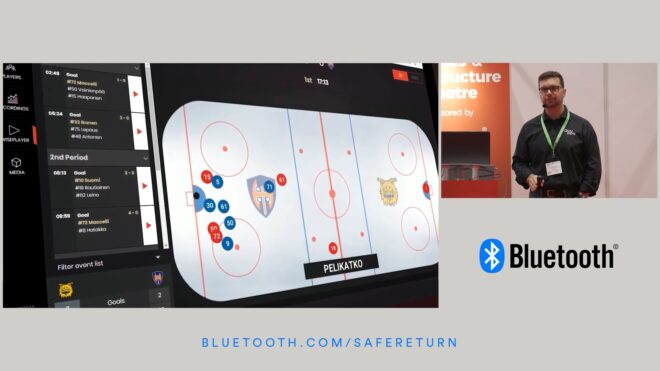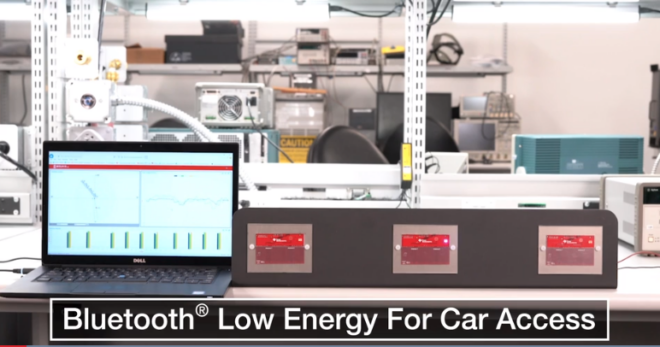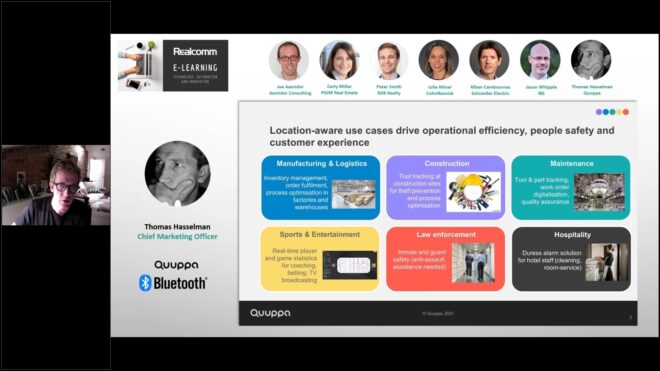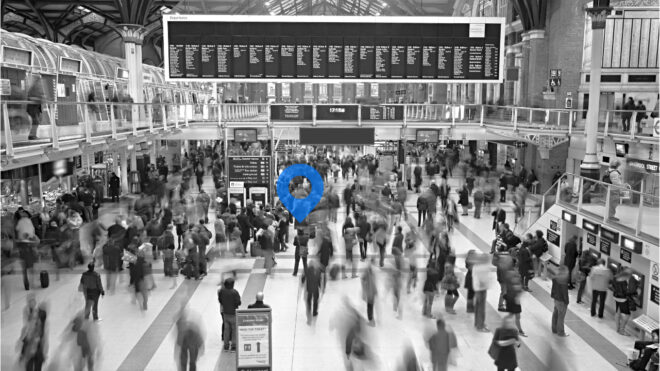Many applications use Bluetooth-based ranging and localization using received signal strength indication (RSSI), including access control in vehicles and buildings, asset tracking, indoor navigation, and proximity services. Ranging determines the distance from one location to another and it is possible to localize a Bluetooth® device with distance measurement from multiple Bluetooth devices in known fixed locations. However, RSSI-based ranging accuracy has been traditionally limited to >1meter. The upcoming Bluetooth Channel Sounding (CS) specification enables ranging with higher precision and can enhance existing ranging/localization applications and enable new ones. CS uses phase-based ranging across multiple frequency tones in the 2.4 GHz Bluetooth band to perform high-accuracy distance measurement between two Bluetooth Low Energy (LE) devices and uses round-trip time-of-flight measurements to mitigate man-in-the-middle security threats against distance manipulation. Given widespread Bluetooth LE radio implementation in smartphones and a growing number of Internet of Things devices, Bluetooth CS should have an easy path for broad market scalability and adoption compared to other wireless ranging technologies. In this paper, we will discuss Bluetooth-CS based ranging in automotive and industrial applications and present real-world ranging measurements using Texas Instruments Bluetooth devices with multiple accuracy optimizations (multiple antenna path, tone quality bits).
High-Accuracy Low-Power Secure Ranging using Bluetooth® Channel Sounding
- Texas Instruments
- SIG Member

